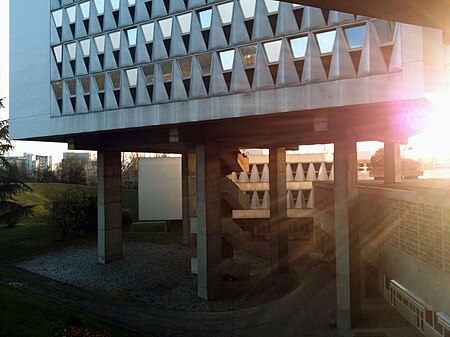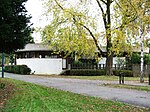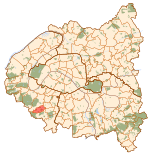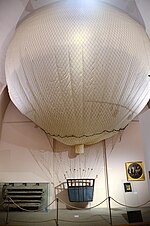Hôpital Antoine-Béclère
CréteilHospital buildings completed in 1971Hospitals established in 1971Hospitals in Paris

The Hôpital Antoine-Béclère is a public university hospital center (CHU) of the GHU Assistance Publique–Hôpitaux de Paris - Paris-Saclay University, located in Clamart in Hauts-de-Seine, France. The hospital specializes in pulmonary arterial hypertension, assisted reproduction, metabolic liver disease in children, Willebrand's disease, and sleep disorders.
Excerpt from the Wikipedia article Hôpital Antoine-Béclère (License: CC BY-SA 3.0, Authors, Images).Hôpital Antoine-Béclère
Rue de la Porte de Trivaux, Antony
Geographical coordinates (GPS) Address Phone number Website External links Nearby Places Show on map
Geographical coordinates (GPS)
| Latitude | Longitude |
|---|---|
| N 48.788745880127 ° | E 2.2551798820496 ° |
Address
Hôpital Antoine Béclère
Rue de la Porte de Trivaux
92140 Antony
Ile-de-France, France
Open on Google Maps









